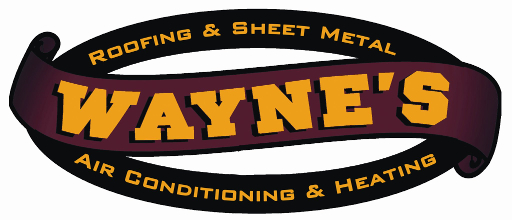Winter can be extremely hard on your roof. Cold and changing temperatures, wind, rain, or even snow and ice depending on where you live, can all combine to wreak havoc on your home. Ice dams, caused by build up of ice and snow, can cause water to not drain properly, pooling under flashing or penetrating your shingles and leading to severe water damage. If you haven’t been the victim of ice, snow or other harsh winter weather conditions, you may have been lulled into a false sense of security, however. Warm temperatures during the day and cold temperatures at night can cause rapid expansion and contraction that can damage roofing membranes and metal components. No matter where you live, you should do a thorough inspection of your roof’s condition to be sure to stay ahead of any needed repairs or corrections.
Here are some helpful insights into just how to go about giving your roof a spring touch up:
- Trim tree limbs.
- You should never allow tree limbs to touch your roof. The limbs can scrape the roof shingles and loosen the protective coating, shortening the life span of the roof.
- Inspect the shingles.
- Loose, missing, curling, peeling, or otherwise damaged shingles should be replaced immediately. Hammer down any nails that may have poked up. Remove debris such as leaves or pine needles – these can trap moisture and add weight to the roof, or cause mold and mildew to grow, which will eat away at the roofing material and ultimately cause leaks.
- Check your gutters.
- Clear away any debris such as leaves and pine needles. Spring rains will not be able to drain properly if your gutters are blocked by debris, and this can lead to water damage. Be sure the gutters are securely attached and sitting snugly along the roof line.
- Look for damage.
- Inspect the flashing for damage such as cracked caulking or rust spots. Examine the soffits (metal or wood panels along the underside of the roof between the wall of the house and the roof line) and fascia (metal or wood boards along the roof line or behind the eavestrough) for any soft spots, holes, or otherwise damaged parts. Look for damage around the chimney and vents.
- Ensure there is no water damage.
- Carefully check for signs of a leak inside the home as well as on the roof. A leaking roof can ruin insulation, ceilings, walls, even cause structural damage if left untreated.
If you notice any issues, or are unsure how best to proceed, it’s best to call in a professional. Many companies will offer free inspections, and the pros know what to look for – which means you will be far more likely to identify a problem before it becomes a disaster.



